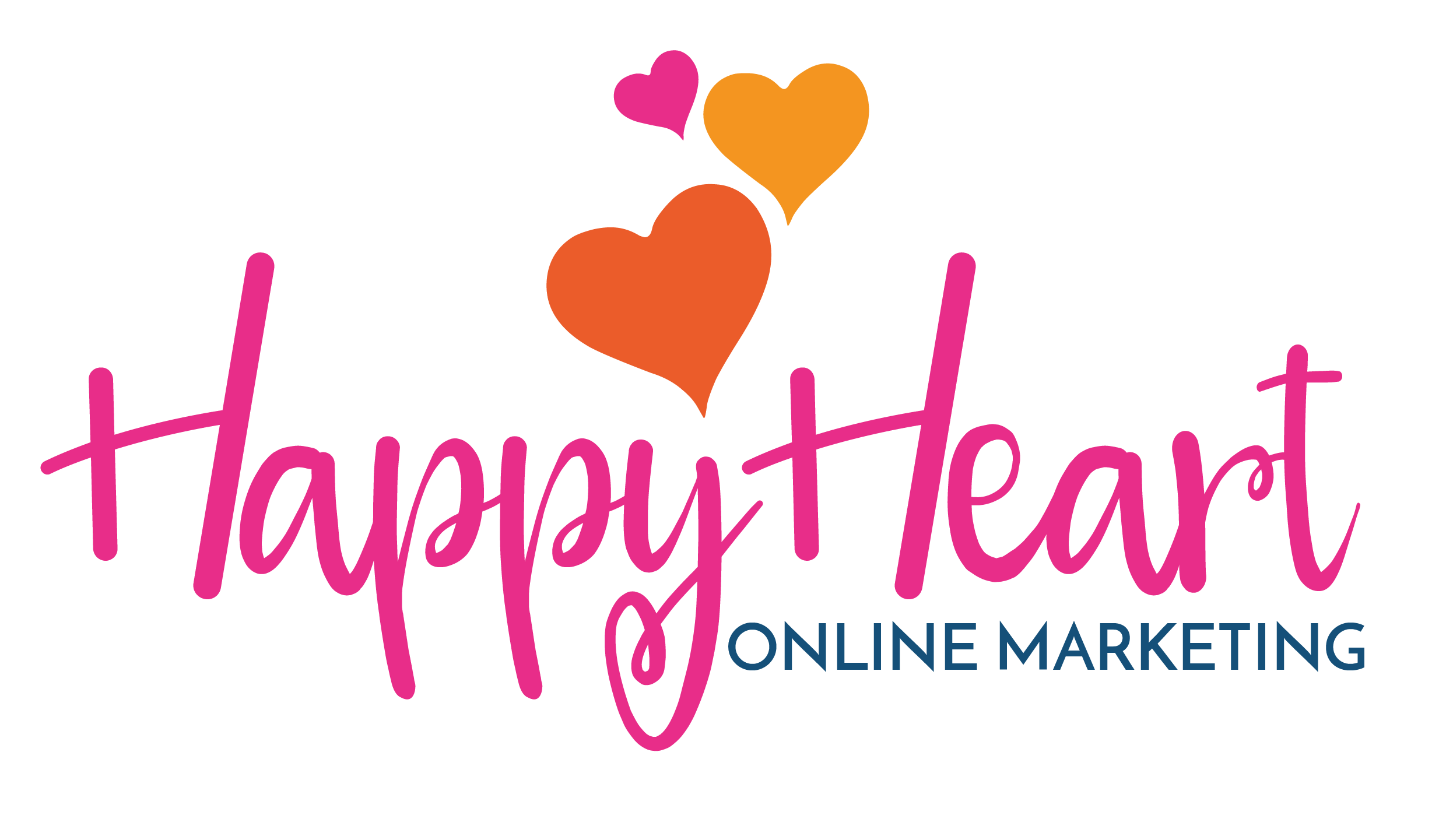Blogging represents a powerful and uniquely cost-effective opportunity to gain exposure, build authority, develop relationships with consumers, grow trust and get your business seen online.
Whatever size your business, a quality blog can provide a boost to income, visibility, and conversion. So, the question is no longer whether to blog, it’s how best to blog; and to help you in this we’ve put together our top ten tips to writing consistently great content.
- Identify your overall purpose
Creating a quality blog takes time and commitment, so you need to be clear about WHY you are doing it. Make a note of your objectives and bear them in mind each time you create a post. They can provide clarity and direction.
Your goals might include:
- Increasing SEO
- Developing thought leadership
- Educating your audience
- Encouraging sharing
- Inspiring others
- Build your brand
- Identify the point of your post
Every post needs to have a point. An intriguing title might get people to read further, but if the post doesn’t ‘matter’ to them it’ll never get traction. Make it count!
- Know your audience
Do everything you can to understand who is reading your blog; it will make it easier for you to write and make you much more useful to them.
- Include social posts
Aim to write first and last paragraphs which are suitable for stand-alone social posts, and include ready-made tweets to get the maximum mileage out of your content.
- Include a call to action
Before you publish, ask yourself what you want your reader to do after reading your post – and edit accordingly. Driving readers to do something cements a post in their mind, helps them to apply any knowledge you’ve imparted and it helps you to make a deeper connection with them.
- Optimise your posts
Keyword research is essential for on page optimization. Try placing key words and phrases in places where they will have the most impact on SEO: these include
- Title
- Headings and subheadings
- Introductory sentence
- Concluding paragraph
- Anchor text (text you hyperlink to other related pages on your site)
- Title tags and meta descriptions
- Create a great title
The few words that make up the headline are the most important few words in your post. If your title catches a reader’s eye in a feed or on a site like Digg or another blog that links to your post, they’ll read more. If it’s not catchy enough, you’ll lose readers.
- Ask your readers questions
Asking your readers questions will make them feel like they belong and you’ll learn a lot from their answers!
- Inform, inspire and interact
Aim for engaging content with which you can inform, inspire and interact with your readers. This will encourage people to not only read the post, but to stick around long enough to become long-term readers.
- Make your post scannable
Your reader should be able to pick up the main points of your post at a glance. To achieve this, use lists, bullet points, subheadings, block quotes, images and graphics, and text in bold or italics.
Conclusion
By providing fresh, relevant, easy-to-read content and performing basic blog post optimization, you can take advantage of the enormous marketing potential blogging offers to businesses of all sizes. The benefits of starting a blog for your business are undeniable and using our top ten tips for blogging should ensure that you really start to reap the rewards from your writing.

